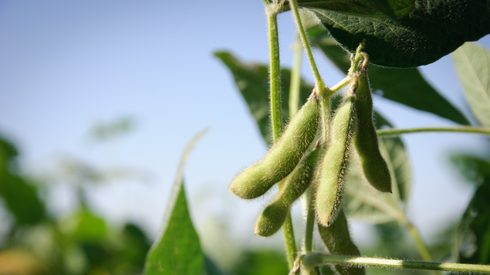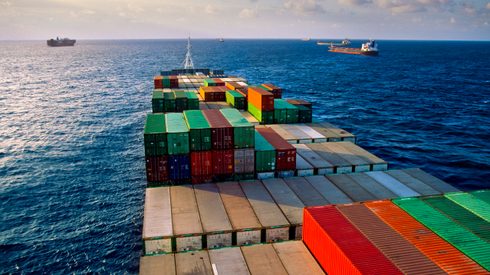Market participants have brushed off concerns about a potentially negative impact of the weather on crop development in Europe, despite warnings by European Union crop monitoring service MARS earlier this week.
The January Monitoring Agriculture Resources (MARS) report showed that from December 1 to 18, much of Northern Europe was colder than usual, with temperatures as low as 8 degrees below average in parts.
Then from December 19 to January 16 much of Europe was 2 to 6 degrees Celsius warmer than normal, which had an impact on crop hardening.
Crops hardened during the earlier cold spell, but the abnormally warm period from 19 December de-hardened crops across France, Germany, Poland and Hungary, leaving them more vulnerable to renewed frost.
But while MARS warned of this vulnerability, it has not predicted further frost damage for January, despite forecasting below-average temperatures in western Europe.
So far frost damage has been minimal.
Warmer than usual conditions are predicted for most of Europe in February, except for parts of the European Plains, Iberia and Scandinavia.
Despite the colder weather and the warnings of MARS, most market participants have been unconcerned about crop damage.
For example, France has been at the center of the shifting weather patterns, as snow showers followed a balmy New Year, but sources did not see this as a cause for concern.
“There is nothing to worry about. This is no cold snap and no alarming temperatures,” one French source told Fastmarkets Agriculture.
“I don’t think so, it’s not cold enough for that. No impact,” were the views of another French broker.
Central Europe has seen a similar pattern as France, with Germany to see snow in the next few days. But market sources were similarly unworried.
“We need no snow cover and minus 20 degrees for a few days to damage anything,” a German broker said.
Indeed, they expected the lack of winter kill could mean higher yields and lower prices.
In contrast to Northern Europe, much of Russia has seen colder conditions since December 1.
The warmest areas in the Southwest were 0.5 to 2 degrees warmer, but most of Russia was colder than normal.
The result is that crop hardening has stayed consistent and there has also been minor frost damage to crops in the Volga area.
“It’s still early to make predictions on weather,” a London based source told Fastmarkets.
“There could be frost kill this week in Russia but it’s just speculation. Of course, I don’t expect the same crop as this year from Russia.”







